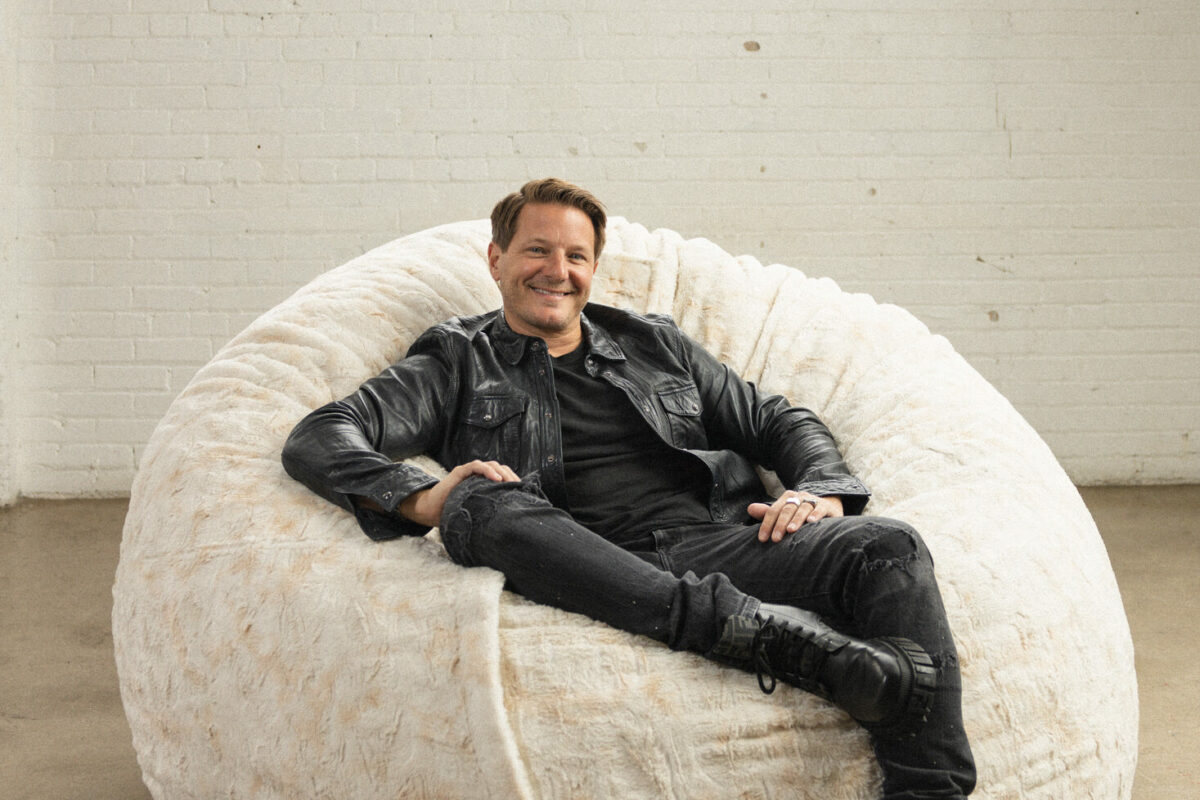Imagine your company brochure was so popular that people could sell it online for $38.95. Or your carry bags went for $9.90, and stickers featuring your company logo fetched $15.50 each. Impossible, right?
Maybe. But think again. Consider Abercrombie & Fitch, Victoria’s Secret and Playboy. A never-ending range of merchandise attached to these brands gets sold on eBay all the time, demonstrating the true value of those brands. And, perhaps, the value of their prime driver: sex.
But, is it really that simple. Does sex sell? Provocative behavior, seasoned with sex, seems to be an ever-effective formula. Seventy years after the first lightly clad woman was featured in advertising, for an automobile, sexual suggestiveness still seems to do the trick. As trivial and superficial as it sounds, the magic still seems to work in the old formula.
If you passed by an Abercrombie and Fitch store during the summer months you might have noticed something unusual about the U.S. clothing retailer. The staff who greet you at the entrance are wearing an unusually small amount of clothing. A pair of undies for the boys and, for the girls, a micro-sized bra which you can hardly see. Then there’s the store itself. It exudes a distinctive exotic aroma that you can detect from the other side of the street. Meanwhile, high-decibel chart-topping music maintains momentum. The windows are covered with posters of lightly dressed teens, preventing people on the outside from seeing in, and people on the inside from seeing out. All this, combined with the fact that the staff act more like models than sales staff, seduces you into feeling you’ve entered a nightclub rather than a fashion store.
Of course, this is all quite on purpose. And, it’s all about sex.
Abercrombie & Fitch has learned that sex is so powerful, even the toughest retail crises can’t compete with when it comes to attracting customers. Where any other fashion retailer builds its identity on the clothes their models wear, Abercrombie & Fitch has become known for the clothes their models don’t wear. And they’ve earned this reputation by going as far as possible or, according to a number of religious groups, too far.
But is the Abercrombie & Fitch ‘sex sells’ strategy really that simple? Certainly not. There’s another essential element which goes hand-in-hand with sex. And that’s controversy.
In December 2003 the retailer hit headlines across United States. Abercrombie & Fitch’s Christmas catalogue was withdrawn from the market only days after its release because of more than 100 photos apparently promoting group sex. Prices for the catalogue soared on eBay, hitting a high of $150. The forbidden fruit notoriety seemed to be paying off. Queues in the stores grew, and the cash registers kept in time with the Christmas tunes.
Abercrombie & Fitch are not alone. Remember when Calvin Klein’s billboard was for in Times Square; when the Vatican railed against the United Colors of Bennetton‘s advertising; and when Madonna‘s music videos were removed from MTV? What all these had in common was sex and controversy.
As old fashioned as it may sound, the world’s longest-running advertising gimmick still seems to be working. Sex plus controversy may well equal the world’s most powerful marketing cocktail. The mix guarantees to create a handful of enemies and an army of fans. It’s a dangerous cocktail too. Go too far and your marketing department’s inbox may become jammed with complaints. Then again, if you provoke the right amount of controversy, legal action could put your brand name on everyone’s lips.
Time after time the cocktail seems to hit the spot. Victoria’s Secret is as successful as ever. And after Abercrombie & Fitch realized that its detour away from sex a couple of years ago meant no more queues in stores and falling revenue, the retailer went right back in and turned up the volume on its music, on young and ultra-good-looking staff, and sexy models. Revenue increased by some 13% last year. Not bad considering the fact that its closest rival – GAP, a company where sex seems to have disappeared along with stacks of unsold clothes – fired 3,000 staff in exactly the same period. The conclusion may be disturbing for some, but let’s face it, sex continues to be a best seller.
The Blake Project Can Help: Accelerate Brand Growth Through Powerful Emotional Connections
Branding Strategy Insider is a service of The Blake Project: A strategic brand consultancy specializing in Brand Research, Brand Strategy, Brand Licensing and Brand Education




